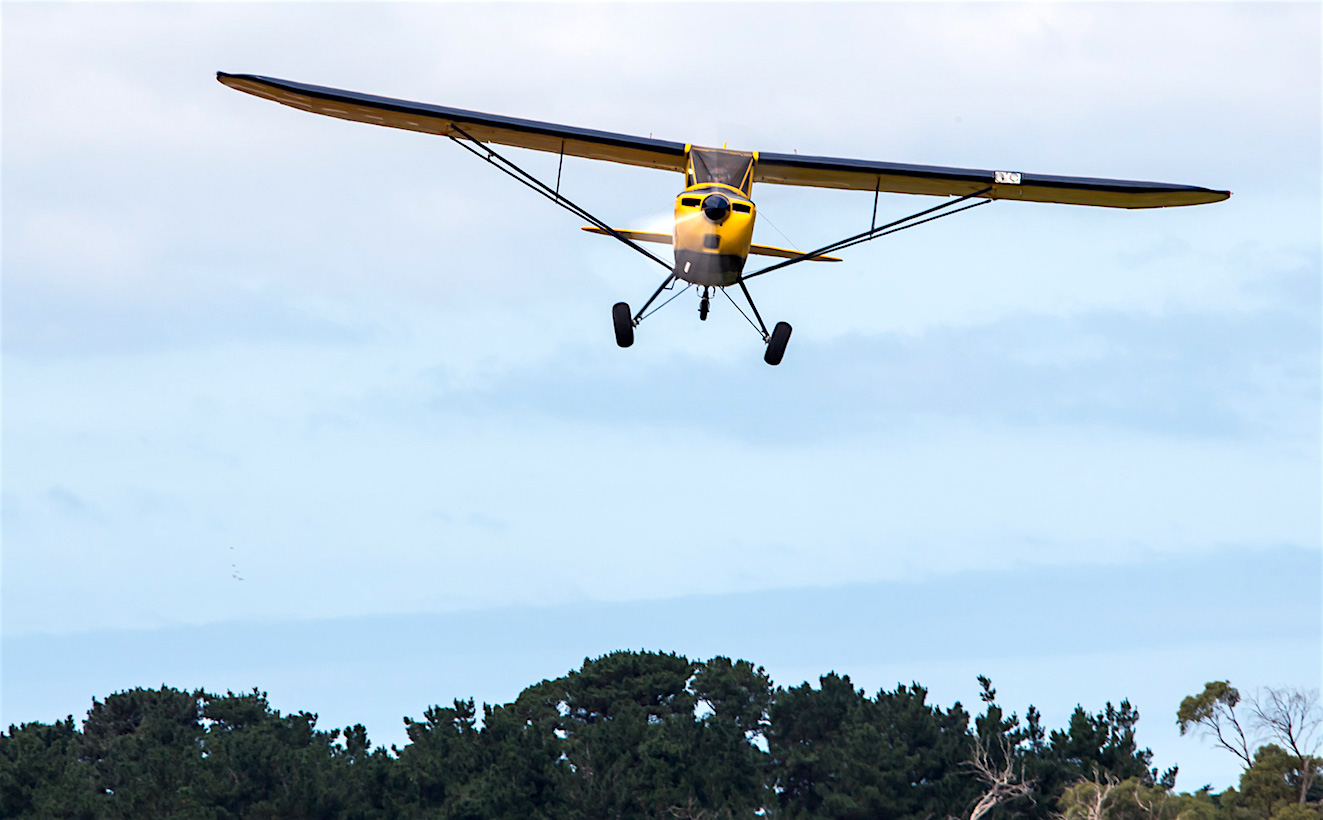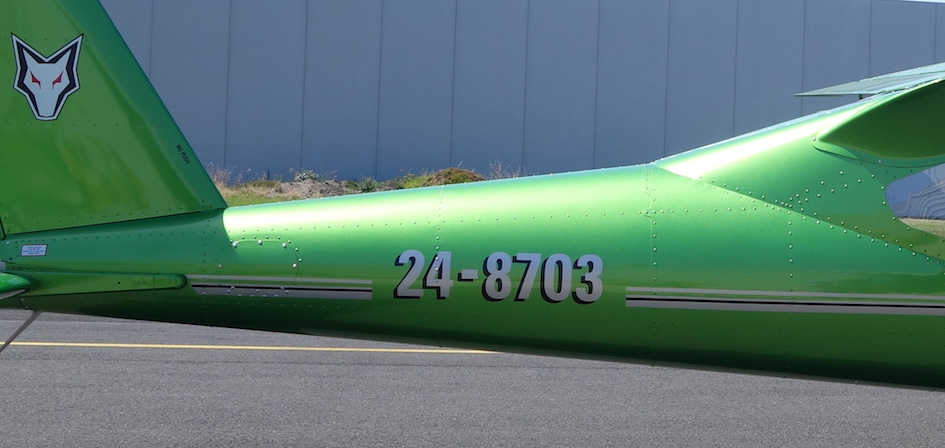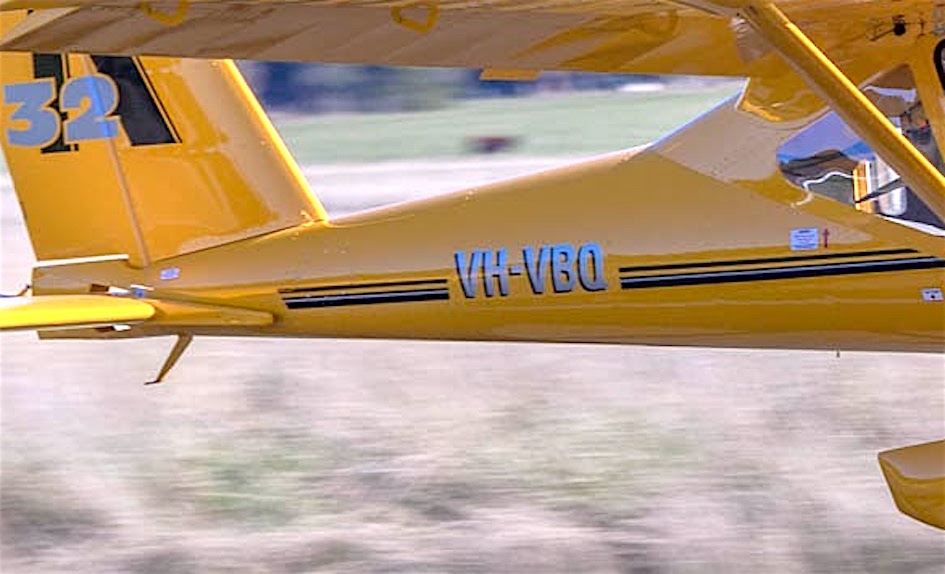 Well the time came again – all too soon – for my PPL medical and bi-annual flight reviews. I can’t believe it’s two years already since the last one… they tell me the speed of time passing is something to do with age, even though I don’t feel a day over 40!
Well the time came again – all too soon – for my PPL medical and bi-annual flight reviews. I can’t believe it’s two years already since the last one… they tell me the speed of time passing is something to do with age, even though I don’t feel a day over 40!
First, the medical. At my age, I have to do a PPL medical every 2 years. My previous doctor, who did about 3 or 4 medicals for me over the years, has decided the demands of CASA are too great and so I had to find a new ‘DAME‘ (designated aviation medical examiner) to go to. Although I left 2-3 weeks before my old medical expired, it was still a bit of a push to get an appointment before the expiry. LESSON 1: leave plenty of time to book your medical!
On the due day, I arrived at 08:30 in the freezing cold and pouring rain of a typical Melbourne winter morning – note: the sun was shining by midday and the temperature was up by about 10 degrees. I did all the usual tests – eyes/eyesight, ears/earsight (or should that be ‘hearing’?), reflexes, colour vision, peripheral vision, height, weight, blood pressure, and more. In preparation, you now have to fill in an online medical questionnaire on the CASA website and the doctor checks this all through with you. Interestingly, I didn’t have to undergo the dreaded ‘rubber gloved finger’ test this time. I understand that this check is not as reliable as once it was believed to be.
Everything was completed OK and then the doctor told me I had to get an ECG done, as I hadn’t had one in a while. Conveniently, there was a cardiology place almost next door. Indeed I haven’t had an ECG since I can remember and it’s amazing how much the process has changed over the years. The cardiologist wires you up and switches on the machine, which then automatically goes through the individual traces and beams it all via the internet to the central cardiology analyst. It must all have been OK because the medical was issued.
Total cost for the medical: $110 plus $75 CASA processing fee – less than the $210 annual cost of renewing my RA-Aus membership. The ECG was bulk-billed. LESSON 2: the annualised cost renewing your PPL is less than half as much as the annual cost of belonging to RA-Aus.
Next my bi-annual flight review – which I have always called a BFR – but I’m told is officially now called an Aeroplane Flight Review or AFR. Here, at least, some sense has prevailed at CASA and RA-Aus because you can do your AFR in a general aviation VH-registered aircraft and, as well as revalidating your PPL, the same flight also revalidates your RA-Aus Pilot Certificate. LESSON 3: make sure your instructor is both PPL and RA-Aus rated if you want to do just one AFR covering both categories. (If you don’t want to search the CASA website for information on AFRs – a should destroying process – click here for the relevant information; then click the link to download the ‘ratings’ pdf)
I was originally aiming to do my AFR in my A32 Vixxen demonstrator, but a few weeks ago, a flying school made me an offer I couldn’t refuse, so I was in the tandem-seat tail dragger Interstate Cadet.
I pre-flighted the aircraft and double-checked the weight and balance (the instructor sits in the back) to make sure we were well within limits. Typical of Tyabb, the wind that day was exactly 90 degrees across the main runway, so first test: which is the preferred runway direction in these circumstances? LESSON 4: check ERSA and/or the rule book for your airfield before your AFR.
We taxied out behind a couple of spam cans (sorry, Cessnas) and waited our turn at the holding point. After take-off (watch for that cross-wind!) we turned and climbed out towards French Island, a largish area of land in the middle of Westernport Bay, notorious for its own climate. But above a couple of thousand feet everything was smooth, so we did a few ever-increasingly steep turns and an engine-out forced landing (without actually touching down!). We then trundled over towards Port Phillip Bay – a bit bumpier here, even at almost 3,000 feet and then back towards the naval college at Cerberus. All the time, the instructor was asking me questions, sometimes about the aircraft, sometimes about its flying characteristics, sometimes about the controlled and restricted air space around the area, all gently checking my airmanship and knowledge. LESSON 5: relax, the instructor wants everything to be OK too!
Eventually after almost an hour, the command came to return to Tyabb. We could hear traffic on the radio, so joined down-wind, this time for runway 17. Because of the recent rain, the grass at Tyabb was unserviceable that day so we were landing on the bitumen – not my first choice in a tail dragger with a stiffish cross-wind breeze from the east, which makes for a nice little bit of turbulence as it comes over the hangars on that side of the airfield. Should I 3-point or wheel it on? Decisions decisions… With someone in the back seat, the Interstate likes to 3-point, so in spite of the cross-wind that’s what I opted for. In the event, the wind gods were with me and the landing was OK – not my best greaser but certainly quite acceptable. So we taxied in and shut down.
The AFR is really quite straightforward, particularly if you fly regularly as I do. I guess if you haven’t flown for a year, you’ll need to do a fair bit of swotting to make sure you have the answers and a few circuits to re-awaken your flying skills before the AFR! There’s no pass or fail with an AFR – just useful reminders, even lessons, to keep you flying safe. Thanks to Nick Caudwell at Peninsula Aero Club for his advice and signing my logbook! Thoroughly recommended – 5 stars.


